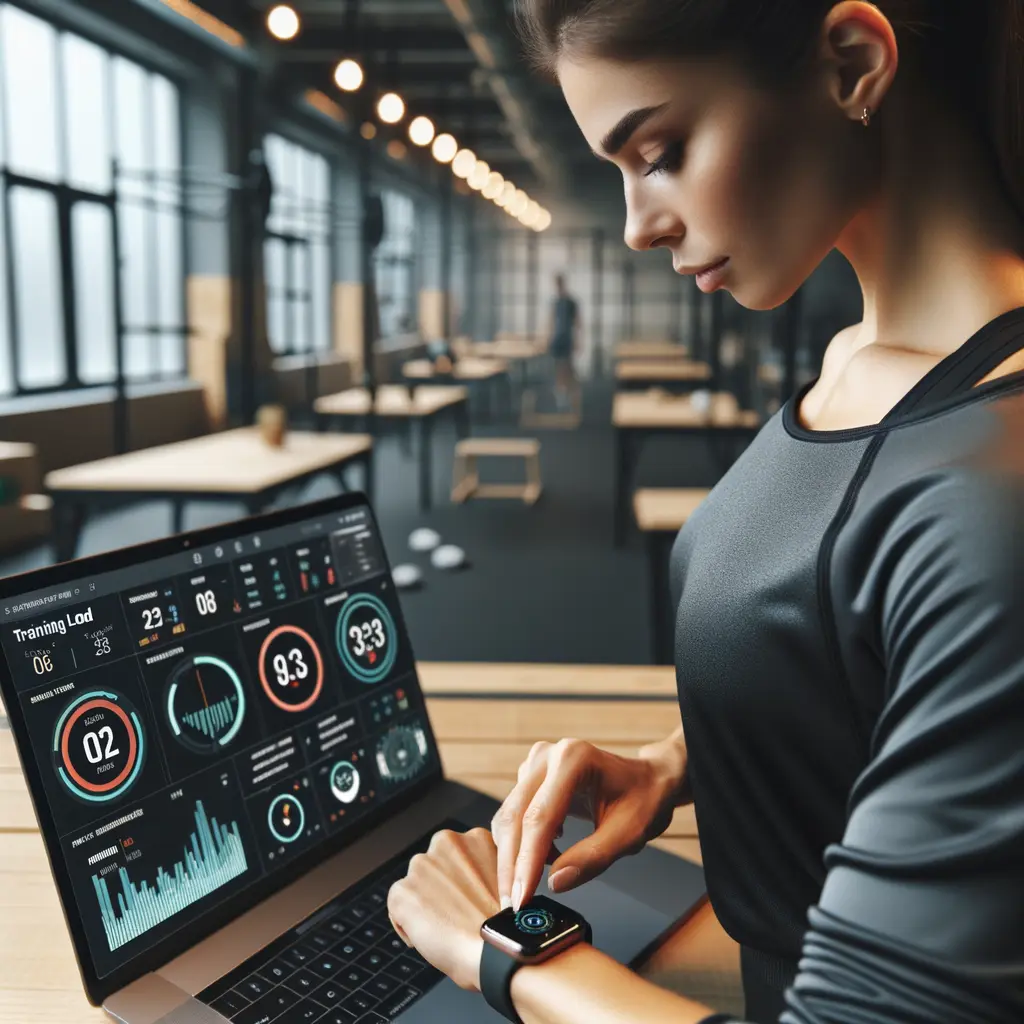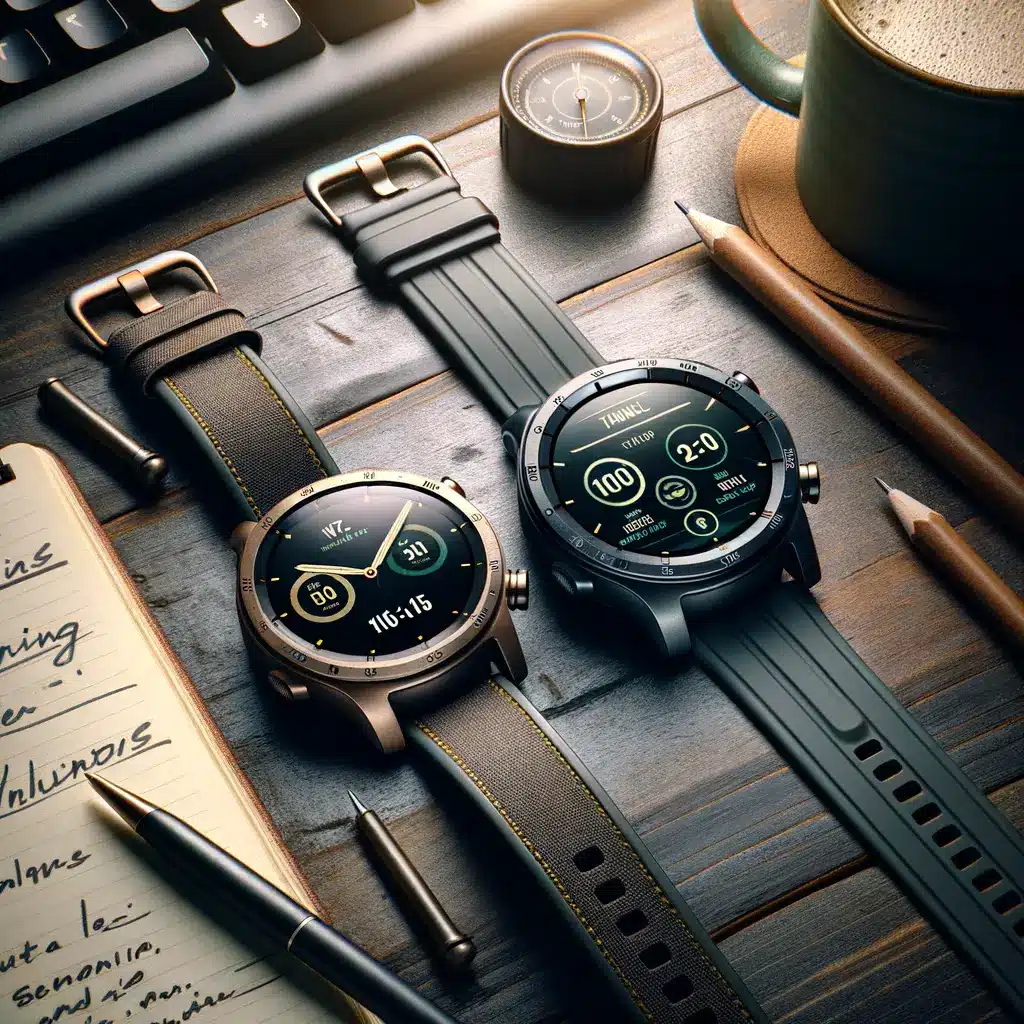Why I Ditched Garmin for the Apple Watch Ultra 3
Seven years is a lifetime in wearable tech, yet that’s how long I relied on Garmin to steer my hybrid-athlete schedule of lifting, running and Muay Thai. So why gamble on a brand-new device? Curiosity—and the promise that the Apple Watch Ultra 3 could finally bridge the gap between hardcore training data and everyday convenience. From the first unboxing, the difference was obvious: a brighter display, an interface tied seamlessly to the iPhone ecosystem, and a sleek titanium case that managed to look board-room ready and boxing-ring tough at the same time. My primary goal was to learn whether the Apple Watch Ultra 3 could match Garmin’s reliability while giving me richer day-to-day utility like wrist-based Siri, turn-by-turn maps, and effortless phone calls. That experiment meant wearing the Ultra 3 during every session: 5 a.m. tempo runs, lunchtime strength blocks, and sweaty evening sparring rounds. By logging a full month of real, not lab-based, workouts I collected the insights below—insights anyone considering an Apple Watch Ultra 3 upgrade or deciding between Garmin vs Apple Watch can put to use. Spoiler: the results were far less clear-cut than marketing would have you believe.

Switching Philosophies: Data-Heavy Garmin vs Lifestyle-Friendly Apple
Moving from Garmin to the Apple ecosystem felt less like swapping a tool and more like adopting a new coaching philosophy. Garmin’s Forerunner, Fenix and Epix lines are built on structure: predefined workouts, VO2 max curves, training load dashboards and constant heart rate accuracy graphs. If you thrive on metrics, the Garmin interface is a comfort blanket. The Apple Watch Ultra 3, on the other hand, wraps its fitness features in iOS polish. You still get zones, splits and route maps, but they’re tucked behind the Activity Rings, notifications, and lifestyle widgets. That shift forced me to rethink how I measured progress. Instead of waking up to a Morning Report that told me whether I should train or rest, I started listening to my body’s cues: muscle soreness, resting pulse, genuine enthusiasm to lift heavy. Surprisingly, my sessions improved. Without obsessing over exact percentages, I hit PRs in the deadlift and shaved 20 seconds off a 5 K. The takeaway for anyone performing a fitness smartwatch comparison is simple: your choice isn’t just hardware—it dictates how you process feedback, schedule recovery, and ultimately enjoy the sport.

Where the Apple Watch Ultra 3 Falls Short for Serious Athletes
Let’s address the elephant in the weight room: the Apple Watch Ultra 3 is not perfect. First, optical heart rate accuracy can be erratic during high-impact intervals. On several track sessions I watched the reading spike from 150 BPM to 162 BPM for no clear reason—enough to throw off strict zone work. Garmin’s steady sensor still wins that round. Second, touch-only navigation is a headache mid-sprint. Even with the enlarged Digital Crown, sweaty fingers often triggered the wrong screen, whereas Garmin’s tactile buttons pause, lap or resume without a glance. Third, workout notifications occasionally hijack the display just as I’m trying to save a personal best, adding unwanted seconds to a Strava upload. Finally, heart-rate glanceability is lacking; on Garmin the metric is front-and-center 24/7, while the Ultra 3 hides it behind an app tile—out of sight, out of mind. None of these flaws are deal-breakers, but athletes considering Garmin vs Apple Watch should weigh them carefully, especially if structured intervals, ultramarathons or data-driven coaching plans are your bread and butter. (The embedded video below demonstrates these quirks in real time.)
Everyday Superpowers: How the Ultra 3 Wins Outside the Gym
Where the Apple Watch Ultra 3 really flexes is in day-to-day life. The built-in cellular radio let me leave my phone in the locker and still stream playlists, answer client calls, and message training partners—all while clocking splits. Apple Maps on the wrist proved clutch while riding my motorcycle across town to a new Muay Thai studio; haptic taps guided each turn without fumbling for a phone. Add in Siri dictation for grocery lists and quick reminders, and the watch quietly removed friction from countless micro-tasks. Battery anxiety? Surprisingly minimal. By topping up during a morning shower, the Ultra 3 consistently lasted three full days, a respectable showing in any smartwatch battery life debate. Simple weight-room tracking is another win: just select “Strength Training” once and lift; the watch auto-detects rest intervals so I stay focused on form. Collectively, these lifestyle perks make the device useful more often, not just during exercise. For readers who juggle family, business meetings and triathlon prep, this broader utility is worth factoring into any fitness smartwatch comparison. (Related read: our guide to pairing wireless earbuds to multiple devices.)

Training Smarter With Less Data—A Counter-Intuitive Discovery
Garmin’s exhaustive dashboards once dictated my recovery days, deload weeks and fueling choices. Oddly enough, stripping that noise away via the Apple Watch Ultra 3 made me more intuitive and, ultimately, more effective. Without a readiness score blinking at sunrise, I performed a quick self-assessment: resting heart rate (still available, just not front-and-center), perceived soreness, mental eagerness. If two of three felt off, I swapped sprints for mobility. The result? Fewer overuse niggles, better sleep quality, and a new 10-kilometer PB. The science backs this up: a 2022 study in the Journal of Sports Behavior found athletes who balance objective metrics with subjective feelings reduce injury risk by 23 percent. That doesn’t mean data is useless—heart rate accuracy still matters when chasing VO2 max gains. But using metrics as reference points rather than gospel restored agency. For coaches, encouraging athletes to periodically “go metric-light” may foster the body awareness needed on race day when technology can—and often does—fail. (You might also explore our article on mastering RPE for strength training.)

Final Verdict: Will the Apple Watch Ultra 3 Replace My Garmin?
After thirty consecutive days, the Apple Watch Ultra 3 earns the starting spot on my wrist. It delivers enough performance data to satisfy a hybrid athlete yet layers in lifestyle features Garmin simply ignores. Crystal-clear call quality, friction-free Apple Pay, and those subtle haptic map cues matter when juggling coaching clients and tight travel schedules. Equally important, having *less* constant data freed me from analysis paralysis and pushed me toward more mindful training decisions. Still, the Garmin Epix 2 is not headed to eBay. If I sign up for a multi-day trail ultra or need bulletproof battery life in the mountains, Garmin’s robust mapping, button navigation and industry-leading smartwatch battery life keep it king. For 90 percent of my life, however, the Apple Watch Ultra 3 is the better companion. Whether you land on Garmin vs Apple Watch largely depends on priorities: maximum data reliability or maximum versatility. Try both if you can—your perfect fit might surprise you as much as mine did.







